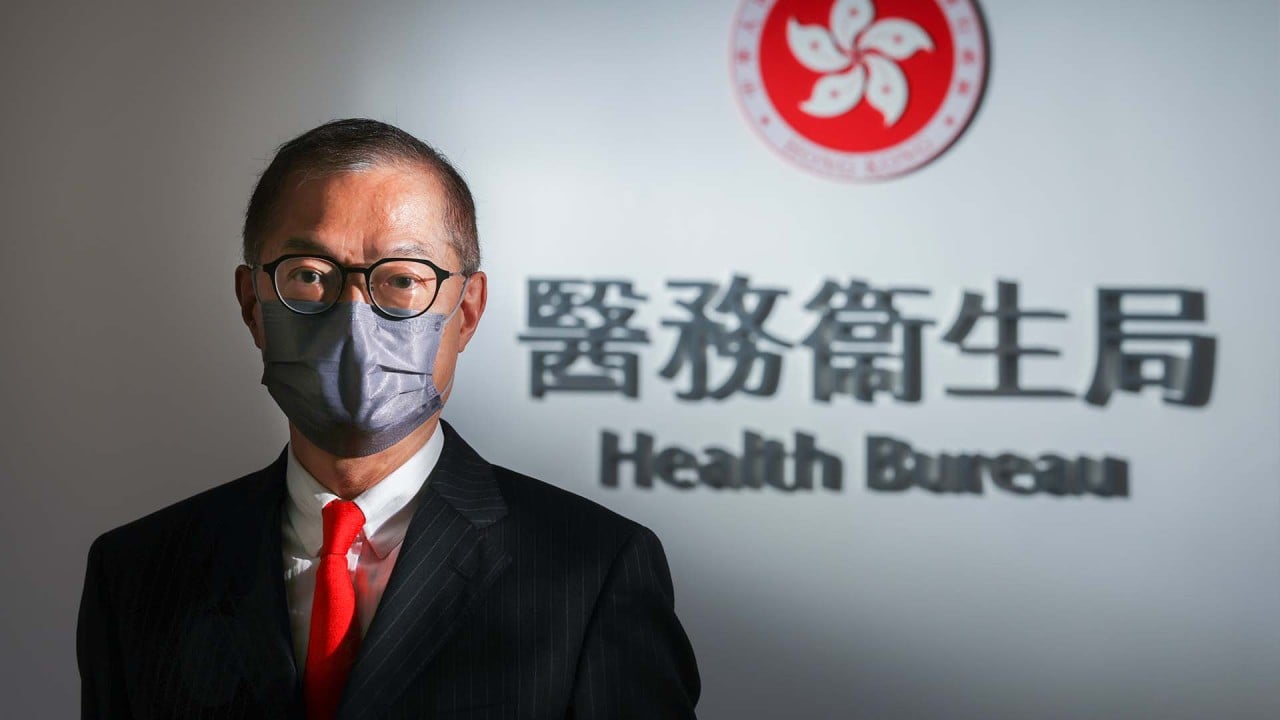Advertisement
Tiny discovery in Chinese lab could be a big deal in stopping Covid-19
- Scientists say their nanomaterial ‘serves as a trap for the virus’
- Findings show the material can stop infections from all major variants
Reading Time:2 minutes
Why you can trust SCMP
34

A Chinese research team has developed a nanomaterial that can find Sars-CoV-2 viruses in a living cell and remove them.
Advertisement
Unlike most existing Covid-19 drugs, the material can inhibit infections from all major variants including Alpha, Beta, Delta and Omicron with high biosafety, the researchers said.
“It can be a promising therapy to fight the pandemic in the future,” said a researcher involved in the study who asked not to be named.
The findings were published in August in Nature Nanotechnology.
Researchers from the Shenzhen Institute of Advanced Technology, National Centre for Nanoscience and Technology, Institute of High Energy Physics, and the Kunming Institute of Zoology – all under the Chinese Academy of Sciences – contributed to the work.
Advertisement

Advertisement
